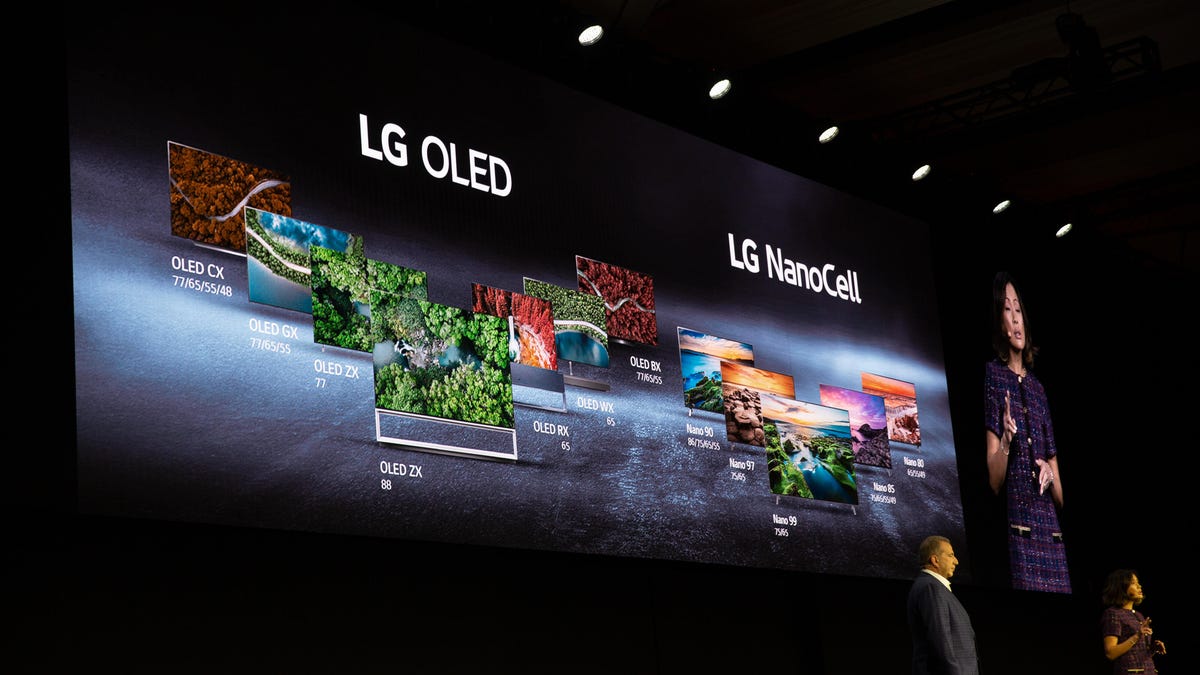Dolby Vision IQ cures HDR that looks too dark
Coming to select LG televisions, it uses light sensors and metadata to adjust the picture on Dolby Vision content automatically.

Certain LG TVs will adjust your Dolby Atmos picture automatically.
TV shows and movies in 4K HDR offer the best home video quality available today, but in some situations it can look too dark. That's because they're often created to be shown in a dark, theatrical environment, and when the lights come up, or you watch during the day, details in the image can be obscured. At CES 2020, Dolby rolled out a new augmentation to its Dolby Vision HDR format called Dolby Vision IQ, which is designed to fix that problem by automatically adjusting the picture in response to room brightness.
LG will be the first and only US TV maker to support the feature this year, where it will appear on select 2020 TVs. Panasonic is also delivering Dolby Vision IQ TVs in Europe.
We got to check out the demo at Dolby's suite and it worked well. There were two LG OLEDs set up side by side, one with IQ engaged and one showing standard Dolby Vision. In the dark the two looked basically identical but when an engineer turned up the lights the TV with IQ looked markedly better. Shadow details were clearly visible in the equipped model, while the non-IQ set showed an invisible mass of darkness, its details obscured by the glare of the room lighting on the TV screen.
Dolby Vision IQ isn't a separate picture mode, instead it will be automatically engaged in the standard Dolby Vision setting (Dolby said if you don't want the image to react to room lighting you can disable the LG's ambient light sensor manually). That sets it apart from the UHD Alliance's Filmmaker Mode, a separate mode designed to offer a picture that "maintains the creative intent" by disabling stuff like the soap opera effect. The UHD Alliance says its mode will also work with Dolby Vision, so it will be interesting to compared its effects to IQ's on LG's new TVs.
At CES , Dolby also showed off its Dolby Atmos Music format which enables home theaters and mobile phones alike to experience "immersive" music -- tunes mixed in surround with added height channels.



